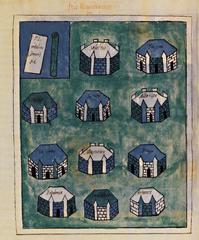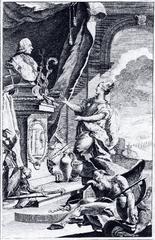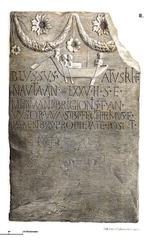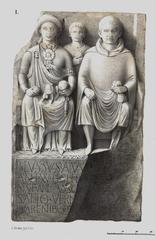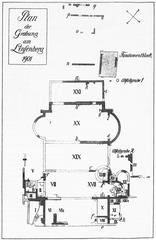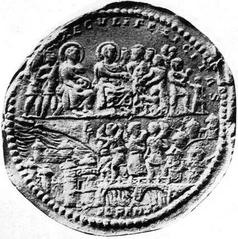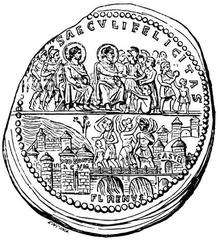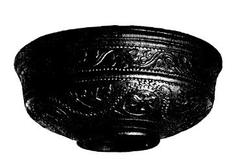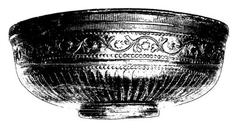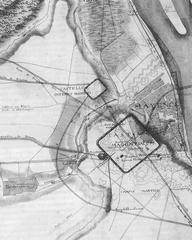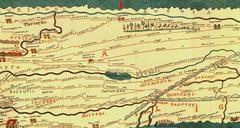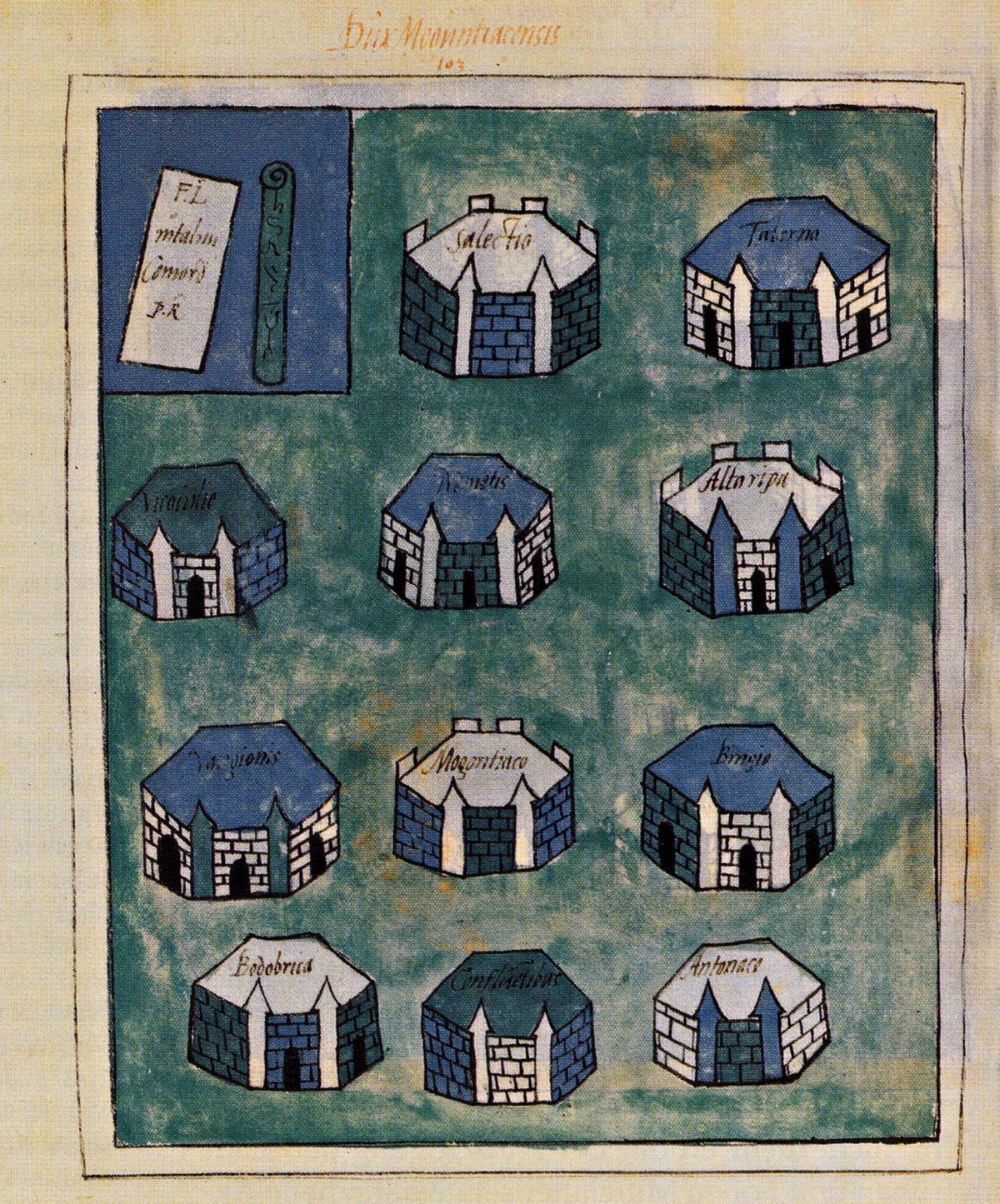
Mogontiacum Mainz: Visiting Hours, Tickets, and Historical Sites Guide
Date: 14/06/2025
Introduction
Nestled along the banks of the Rhine River, Mainz—known in antiquity as Mogontiacum—offers an immersive journey through almost two millennia of history. Established by the Romans in 13/12 BCE under General Nero Claudius Drusus, Mogontiacum evolved from a strategic military base into the thriving capital of Germania Superior. Today, Mainz preserves its Roman roots in monumental ruins, archaeological museums, and a vibrant city life shaped by centuries of tradition and innovation.
This detailed guide covers everything you need to plan your visit: from historical background and key attractions to visiting hours, ticket options, accessibility tips, and practical insights for exploring Mainz’s rich heritage. For the most current updates and official visitor information, consult resources such as Mainz Tourismus, the Roman-Germanic Central Museum, and Wikipedia’s Mogontiacum page.
Table of Contents
- Origins and Foundation of Mogontiacum
- Military Significance and Development
- Urbanization and Civilian Life
- Provincial Capital and Administrative Center
- Decline and Transformation
- Visiting Mogontiacum Today: Essential Information
- Cultural and Modern Mainz
- Practical Visitor Tips
- Frequently Asked Questions (FAQ)
- Conclusion and Planning Resources
- References and Useful Links
Origins and Foundation of Mogontiacum
Mogontiacum was founded as a Roman military castrum in 13/12 BCE by General Nero Claudius Drusus, serving as the launch point for campaigns into Germania and a bulwark guarding the empire’s northern frontier. The city’s name reflects its Celtic heritage, deriving from the deity Mogon and the local Aresaces tribe (Wikipedia: Mogontiacum). Mogontiacum first appeared in Roman records during the Batavian Revolt, as recounted by Tacitus.
Military Significance and Development
As a vital military center, Mogontiacum hosted several legions, including Legio XIV Gemina and XXII Primigenia. It became the headquarters for the Upper Germanic army in 17 CE. The Roman Rhine fleet, Classis Germanica, was stationed here, ensuring control of the river and frontier. Today, artifacts from the fleet are exhibited at Mainz’s Museum of Ancient Seafaring (Ancient World: Mainz).
Urbanization and Civilian Life
Mogontiacum’s military presence spurred civilian growth, with baths, temples, markets, and a grand theatre that could seat 10,000 spectators—one of the largest north of the Alps. By the 2nd and 3rd centuries CE, the city’s population reached tens of thousands, thriving on commerce and multicultural influences (Wikipedia: Mogontiacum).
Provincial Capital and Administrative Center
As the capital of Germania Superior, Mogontiacum was a key administrative and religious center. Notable landmarks include the Drususstein cenotaph, the Sanctuary of Isis and Magna Mater, and the monumental Jupiter Column (Mainz Tourismus: Roman Mainz). These structures reflect both civic pride and the city’s diverse religious life.
Decline and Transformation
Repeated invasions and internal strife weakened Mogontiacum in the 3rd century CE. Despite these challenges, it remained an important military stronghold until the mid-4th century. The end of Roman Mainz came around 406 CE with widespread destruction, but its archaeological legacy remains visible throughout the city (Wikipedia: Mogontiacum).
Visiting Mogontiacum Today: Essential Information
Key Roman Sites and Visiting Hours
- Roman Theatre: Open daily, 9:00 AM–6:00 PM. Adults €5, students/seniors €3, children under 12 free.
- Museum of Ancient Seafaring: Tuesday–Sunday, 10:00 AM–5:00 PM. Admission €7; discounts available.
- Sanctuary of Isis and Magna Mater: April–October, 10:00 AM–4:00 PM. Free entry.
- Drususstein: Accessible year-round; free to visit.
- Jupiter Column: Located at the Roman-Germanic Central Museum, Tuesday–Sunday, 10:00 AM–6:00 PM. Admission €8.
- Roman Aqueduct Remains: On university grounds, open-air and free to visit during daylight hours (de.wikipedia.org).
Ticket Purchase and Guided Tours
Tickets for museums and the Roman Theatre can be bought online through the Mainz Tourism website or at each site. Guided tours—available in English and German—are highly recommended for deeper insight, with specialized tours on archaeology and Roman daily life. Booking in advance is suggested during peak seasons.
Accessibility and Travel Tips
- Most sites offer wheelchair access, with ramps and elevators in major museums.
- Wear comfortable footwear for exploring outdoor ruins and cobblestone streets.
- Mainz’s public transport network is efficient; trams and buses connect the main attractions.
- Parking is available in public garages near key sites, but using public transport or walking is recommended in the city center.
Nearby Attractions and Recommended Itineraries
- Combine Roman sites with the Mainz Cathedral and Gutenberg Museum for a full historical experience.
- Enjoy a stroll along the Rhine Promenade or a river cruise for unique city views.
- Visit the Altstadt (Old Town) for medieval architecture, lively market squares, and local wine bars.
Cultural and Modern Mainz
Mainz is not only defined by its Roman roots but also by its vibrant cultural scene, religious landmarks, and traditions:
- Mainz Cathedral: A Romanesque masterpiece open daily, featuring centuries of religious art and history (Mainz Cathedral).
- Gutenberg Museum: Showcasing the printing revolution, with original Gutenberg Bibles and interactive exhibits (Gutenberg Museum).
- St. Stephan’s Church: Features ethereal stained-glass windows by Marc Chagall (St. Stephan’s Church).
- SchUM Cities UNESCO Site: Recognizes Mainz’s significant medieval Jewish heritage (rheinhessen.de).
- Festivals: Don’t miss the Mainz Carnival (Fastnacht) and the Mainz Wine Market.
Practical Visitor Tips
- Opening Hours: Always check official websites for current schedules, as opening times can vary with seasons or events.
- Combined Tickets: Many museums offer combination tickets—consider these for savings if visiting multiple sites.
- Guided Tours: Book ahead for popular tours, especially during festivals.
- Accessibility: Most museums are barrier-free, but some archaeological sites may be challenging for those with mobility restrictions.
- Language: English is widely spoken at tourist sites, but learning a few German phrases is appreciated.
- Payments: Credit cards are accepted in most places, but carry cash for smaller vendors and tips.
- Safety: Mainz is a safe city. Standard precautions apply in crowded areas.
Frequently Asked Questions (FAQ)
Q: Are tickets required for all Mogontiacum sites?
A: No, some sites like the Sanctuary of Isis are free, while museums and the Roman Theatre require tickets.
Q: Can I visit Mogontiacum sites year-round?
A: Most sites are open year-round, but some outdoor attractions have seasonal hours.
Q: Are guided tours available?
A: Yes, guided tours focusing on Roman history and other themes are available in multiple languages.
Q: Is the city accessible for visitors with disabilities?
A: Major museums and public transportation are accessible, though some archaeological sites have uneven terrain.
Q: What is the best time to visit Mainz?
A: Spring and autumn offer pleasant weather and fewer crowds, while summer brings lively festivals.
Conclusion and Planning Resources
Mainz provides an unrivaled blend of Roman, medieval, and modern experiences. Whether you are tracing the steps of Roman soldiers, marveling at Gothic cathedrals, or savoring local wines, Mainz offers a journey through time and culture. For the best experience, plan ahead: check official resources, book tickets and tours in advance, and explore with the Audiala app for self-guided audio tours and real-time updates.
Embark on your adventure to Mainz, where the past and present harmoniously converge in one of Germany’s most storied cities.
References and Useful Links for More Information
- Mainz Tourismus: Exploring the History of Mainz – Roman Mainz
- de.wikipedia.org: Mogontiacum
- Mainz.de: Römisches Mainz
- Happytowander: Things to Do in Mainz
- Facts.net: 49 Facts About Mainz
- Germansights: Mainz
- Mainz.de: Culture, Museums, Science
- The Tourist Checklist: Things to Do in Mainz
- Wikipedia: Mogontiacum
- Hans Otten Ancient World: Museum of Ancient Seafaring
